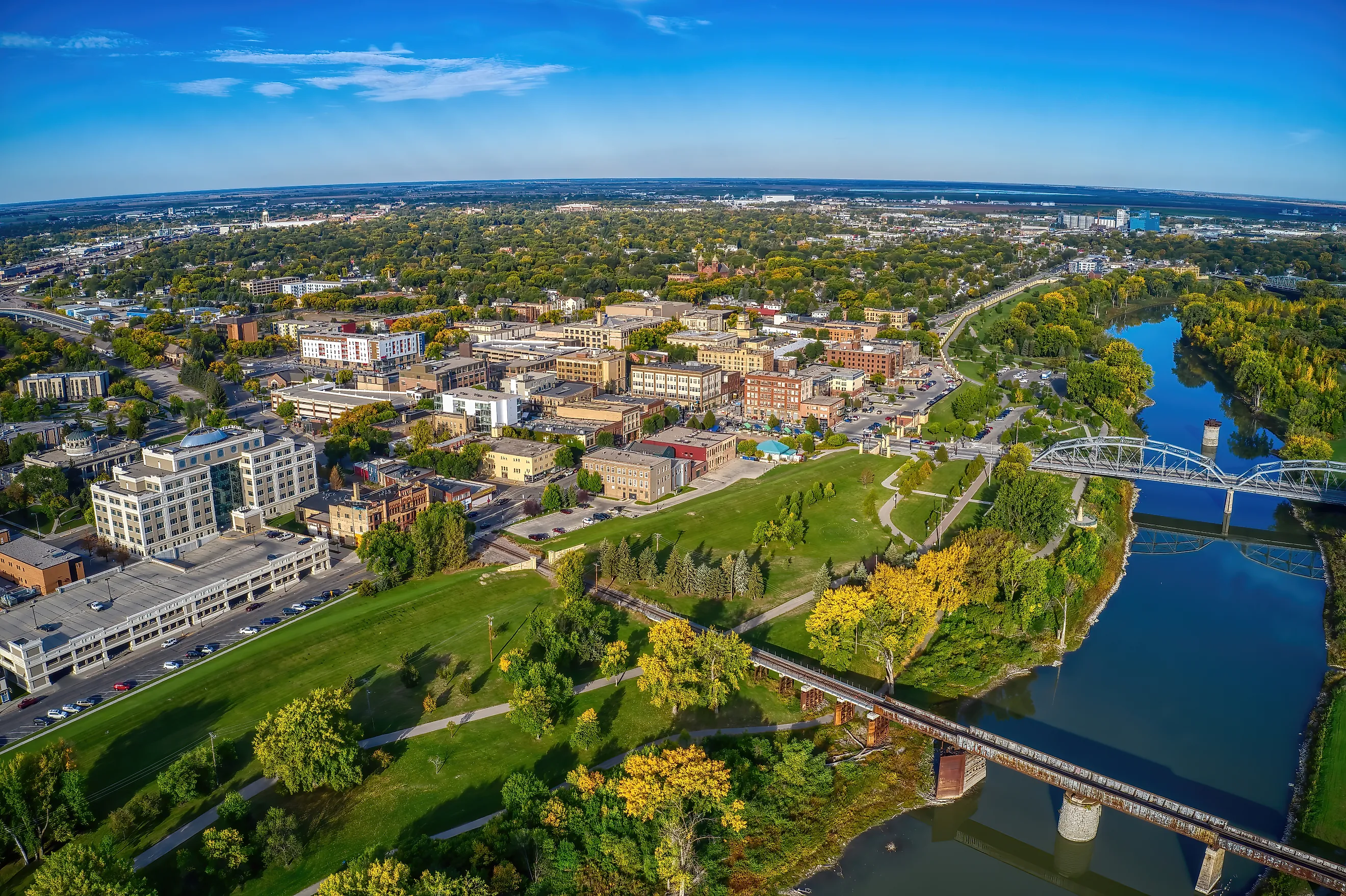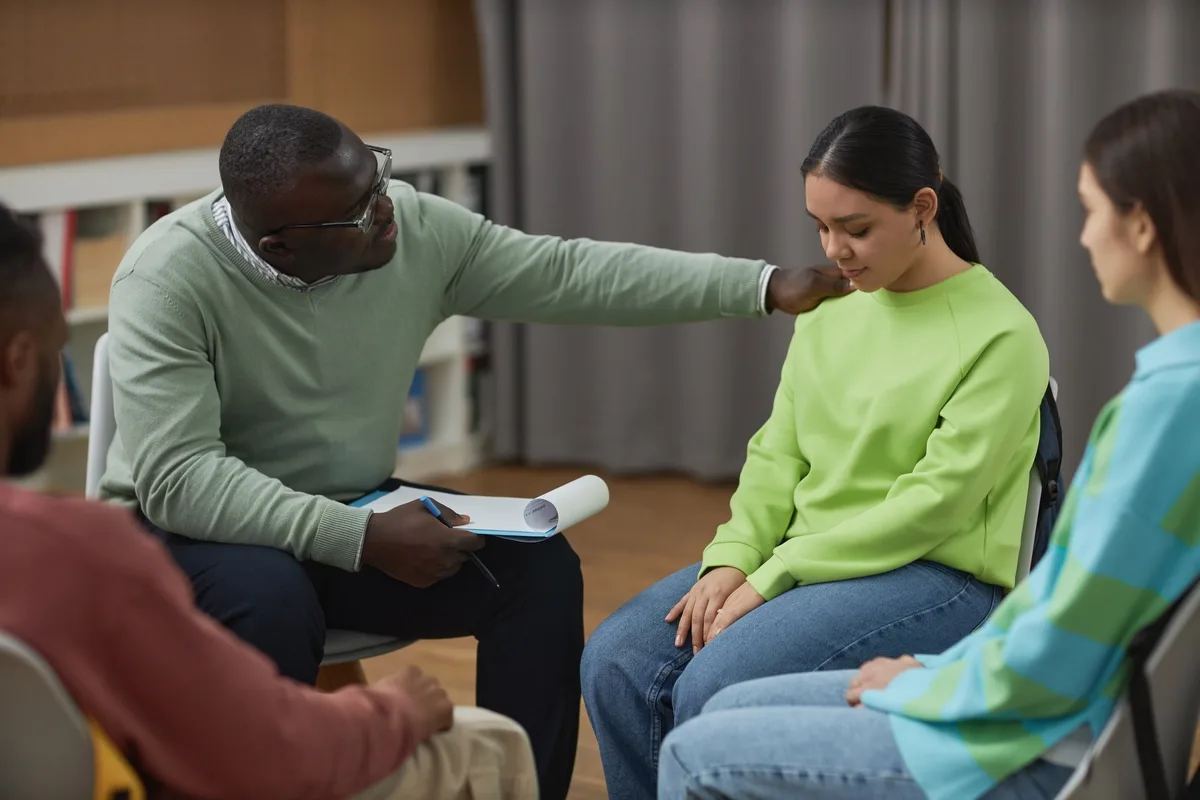24/7 Helpline:
(866) 899-111424/7 Helpline:
(866) 899-1114
Learn more about Intervention Services centers in Ransom County
Intervention Services in Other Counties















Other Insurance Options

Anthem

Lucent

UnitedHealth Group

Magellan Health

American Behavioral

Self-pay options

Horizon Healthcare Service

Molina Healthcare

WellCare Health Plans

EmblemHealth

Cigna

BHS | Behavioral Health Systems

Multiplan

MHNNet Behavioral Health

Health Choice

Oxford

Optum

State Farm

Holman Group

BlueCross